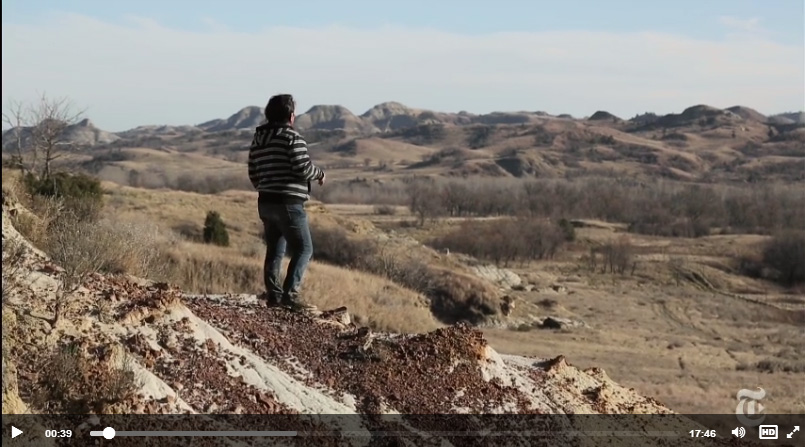Two of the largest newspapers in the country are focusing today on justice — or lack of it — on Native American reservations in the Dakotas.
First, the Washington Post is exploring child sexual abuse on the Pine Ridge Indian reservation in South Dakota, where Charles Chipps Sr., a medicine man, has not yet stood trial on charges he sexually abused and raped girls, including his own daughters and granddaughters.
In July 2013, a federal grand jury indicted Chipps on 15 counts of rape, sexual abuse and intimidation of six minor victims.
Child sexual abuse on the reservations is at the root of the many problems that follow for Indian children — depression, alcohol and drug abuse, juvenile detention and suicide, according to Indian country experts. The challenge of getting victims to speak out — common in child sexual assault cases anywhere — is exacerbated by the close-knit nature of the remote communities where they live.
The U.S. attorney for South Dakota, Brendan V. Johnson, said that sexual violence is one of the most common criminal offenses on the nine reservations where he shares criminal jurisdiction with the tribes, but it is extremely difficult to bring charges.
“Victims are placed under tremendous pressure by family members and friends to recant their stories,” said Johnson, who declined to discuss details of the Chipps case. “The complaint will come in, the victims will be forensically interviewed and will provide us with specific facts about what happened and then, months later, will recant their stories.”
The Post says Chipps was allowed to go free because of the federal, state and tribal legal maze that governs Indian country.
Meanwhile, the New York Times is on the Fort Berthold Indian Reservation in North Dakota, reporting on Tex G. Hall, who is under investigation by his tribal council for corruption in the oil business and his alleged connection in a murder-for-hire scheme.
It focuses on the killing of one person in Spokane, Wash., and the disappearance of another in North Dakota, both tied to the oil business on the reservation.
The Times says only a few on the reservation are getting rich from the oil.
Deep-seated problems can be hard to fix — a life expectancy of 57, for instance, compared with 79 for North Dakotans as a whole. But its critics say the tribal government has invested little in social welfare, like desperately needed housing, and has distributed little of the $200 million set aside in the People’s Fund.
The government’s purchase of a 96-foot yacht named “Island Girl,” which mostly sits on blocks, became a symbol to many of their leaders’ misplaced priorities. All told, it cost about $2.5 million, a senior tribal official said.
“Our tribal council is so focused on money, money, money,” Edmund Baker, the reservation’s environmental director, said earlier this year. “And our tribal chairman is: ‘Edmund, don’t tell me about spills. I’m busy trying to do things for my people.’”
Here’s the Times’ video documentary.

